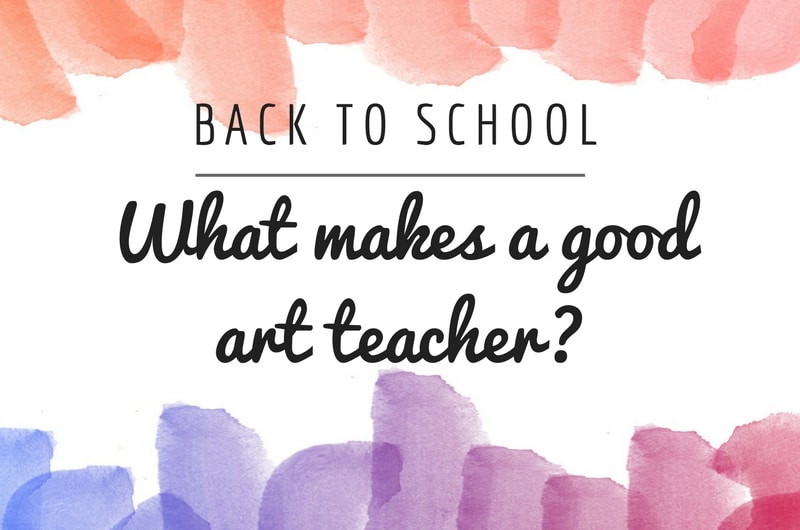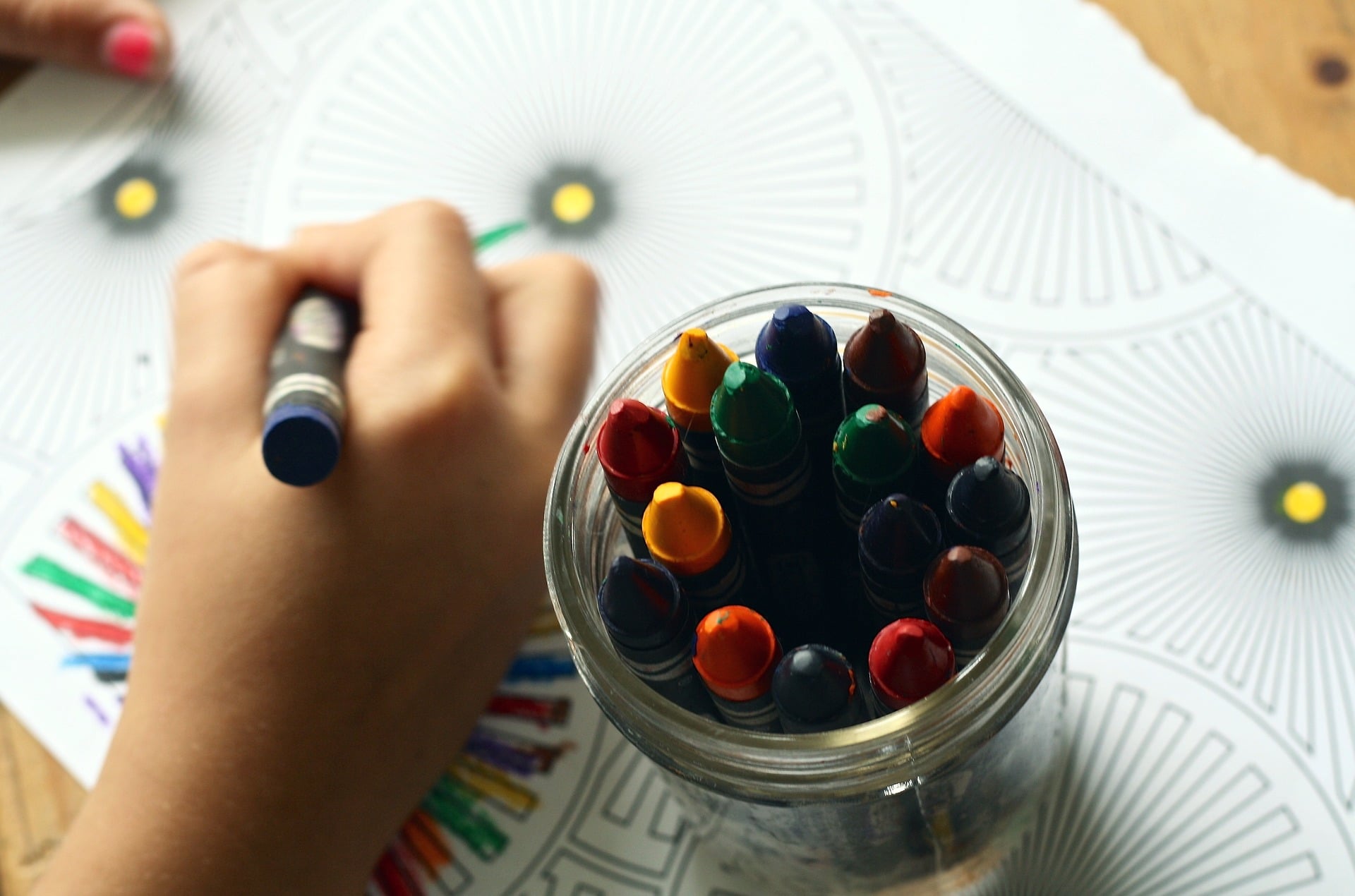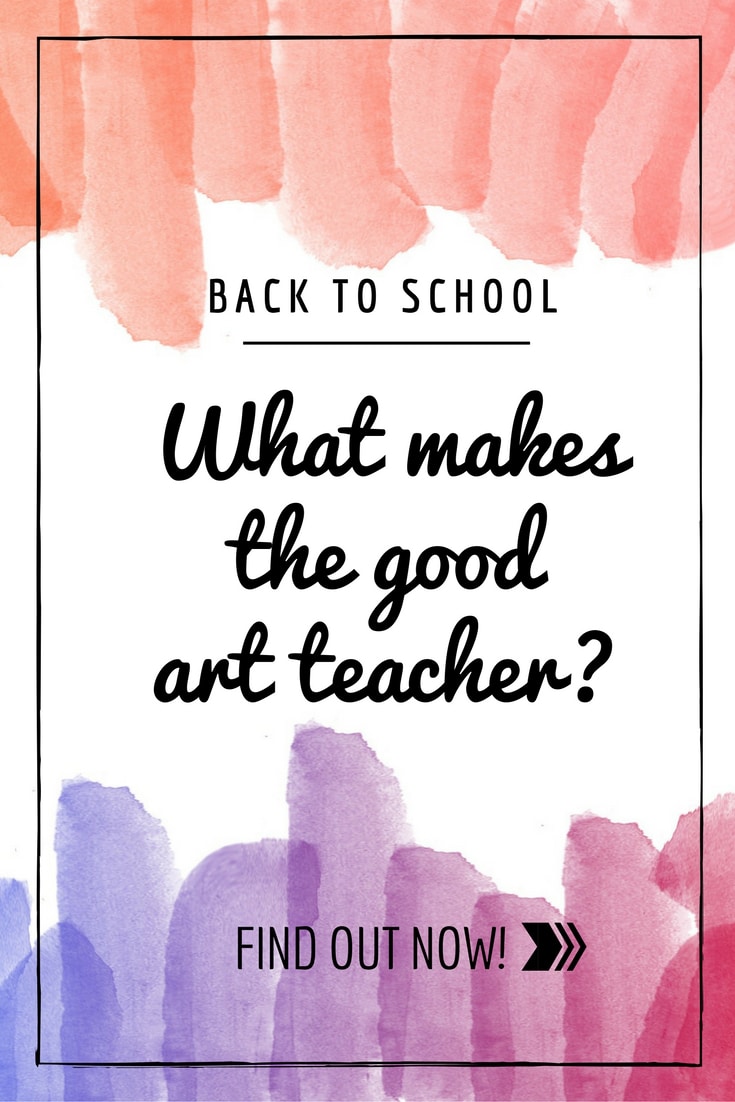Back to school – what makes a good art teacher?

According to my memories, the phrase ‘summer adventure’ came up during the first week of school at least once: during art class. On these occasions I usually took the inevitable colour pencil in my hand with a deep sigh and – after 45 mins of hard work – I was listening with utter irritation to the teacher moaning about my lack of background.
After 17 years of artistic education I have ‘consumed’ several art teachers: some were cold and professional, others cool and inspiring, and of course there were those who were painfully conventional. As a result, I have been called both an ‘enthusiastic creator’, an ‘untalented poor thing’ and ‘devil of smudges’.
Creating is a source of immense joy. All kids know as much, but an unable tutor can effectively ruin anyone’s self-esteem and will to create. So I am now sharing with you what I think makes a good art teacher.
In primary school: freedom and experimenting
A child’s most honest way of self-expression is drawing. Giving boundaries is naturally important but making a drawing task obligatory is just not the way. A good teacher will trust children: they have quite enough imagination and creativity of their own, and they get quite enough compulsory tasks during other classes not to get one in an art class.
An art teacher should always be curious of what the child wants to tell and should accept the creation for what it is, without wanting to construe something into it, or worse, to correct the drawing. He also has to be able to create the same accepting atmosphere within the group so children will regard others’ work with respect instead of comparing or labelling their mates’ work.
During the best art classes kids have the means of trying different techniques with the help of their tutor. The ever-favourite colour pencils are of course very easy and clean from the teacher’s point of view but they considerably narrow the opportunites of self-expression.

Learning draw being older
However strong a mark primary school experiences leave behind, a bad teacher can destroy our creativity at any age.
So a really professional art tutor will be honest regarding the pupil’s work, but he should be gentle, pointing out the good parts of the creation as well as the bad ones. After an hour of hard work it can be utterly demotivating to hear your teacher say ‘start from scratch, this is rubbish’.
The teacher has to be the one who ensures that he pays equal amount of attention on all students.
However old the pupils are, it should be their job to find the right medium. Those who hate charcoal should work with watercolours (or whatever they choose). Obviously we put more effort into learning the medium that’s close to our heart and so achieve better results with that.
The best teachers will not give marks to drawings (unless they teach art within institutional circumstances and they have to). Many subjects, and art especially are impossible to rate by 5 (or whatever number) of different categories and will only serve to destroy the pupils’ self-esteem. Feedback is essential of course but analysing and discussing positive and negative aspects of the artwork is the only way that will bring the pupil forward (and what other purpose would be served by learning to draw?)

The above statements have no scientific evidence, they are entirely based on my own and my immediate surrounding’s experiences.

Liked what you read? Pin it!

